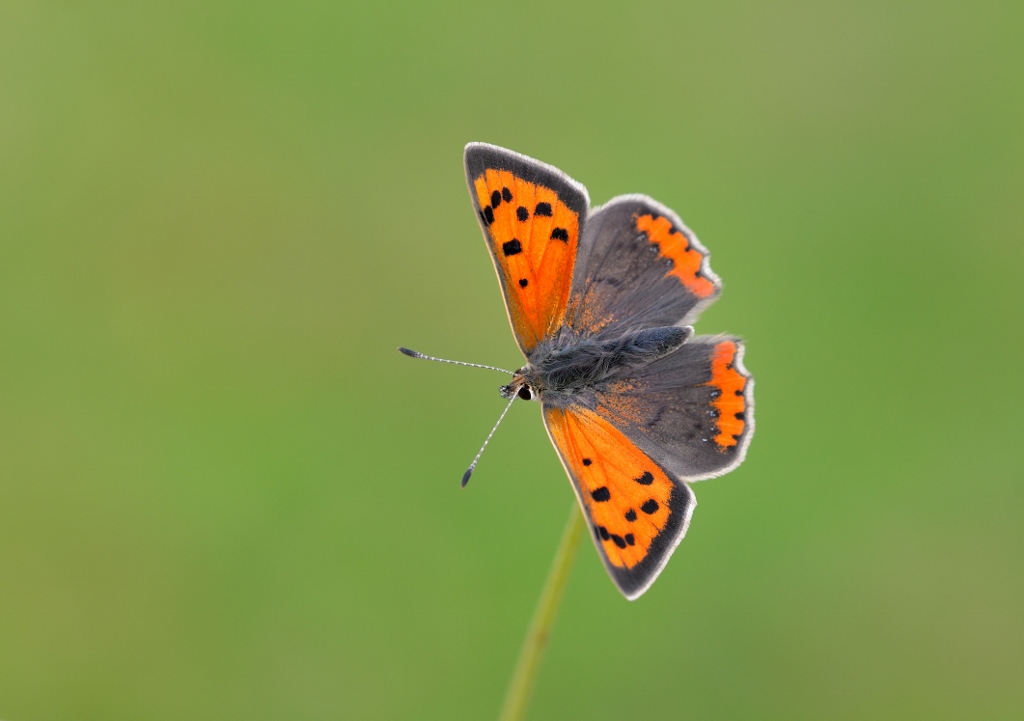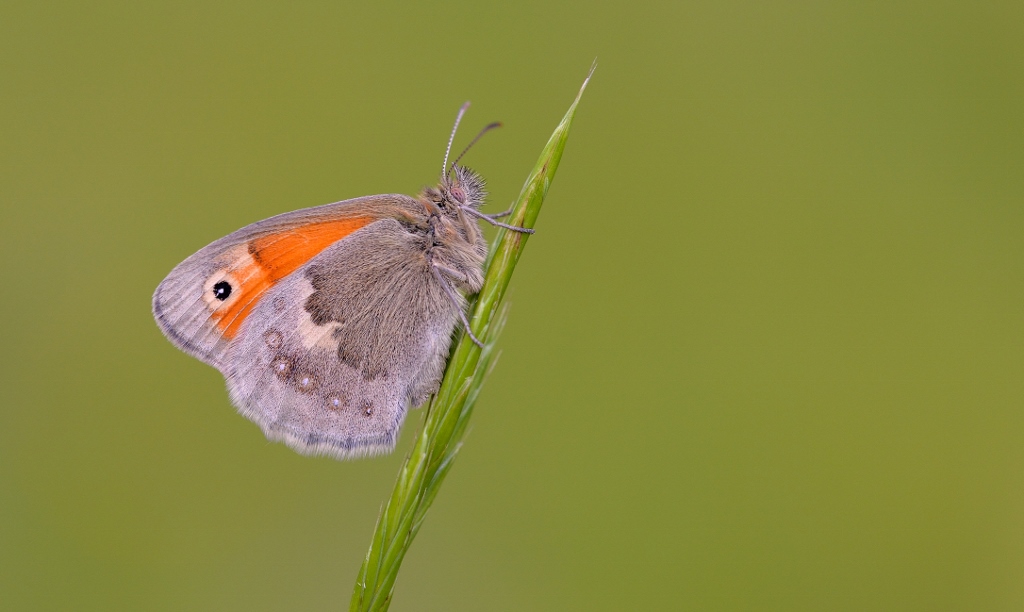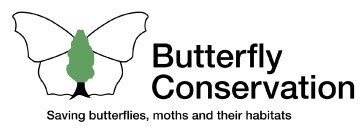Urban butterflies in sharp decline
Butterflies are declining more rapidly in urban areas than in the countryside, a study published in the journal Ecological Indicators has revealed.
But the majority of butterflies living in our towns and cities are emerging earlier and are on the wing for longer than the same species living in rural areas, the study by Butterfly Conservation (BC), the University of Kent and the Centre for Ecology and Hydrology (CEH) found.
Urban parks, gardens and brownfield sites and farms act as important refuges for butterflies and other wildlife but in recent years these areas have come under increasing pressure from development, habitat loss and climate change.
The study compared trends for 28 species in urban and countryside environments. Over a 20-year period urban butterfly abundance fell by 69 per cent, compared to a 45 per cent decline for butterflies in rural areas.
Small Copper and Small Heath declined much more dramatically in towns and cities than in the countryside. From 1995 to 2014 Small Copper abundance fell by 75 per cent in urban areas, compared to a 23 per cent decline in rural areas. Small Heath experienced an abundance decline of 78 per cent for urban areas, compared to a smaller decline of 17 per cent in rural areas.

Small Copper has declined by 75 per cent in urban areas since 1995 (Photo: Bob Eade)
The causes of these changes require further research but they are likely to be due to the combined effects of habitat loss, intensification of land use and climate change. Butterflies are sensitive to environmental change. Declines in abundance in urban areas follow ongoing butterfly declines in the wider countryside.
The study found that butterflies in urban areas emerged on average two days earlier than their countryside counterparts, with urban Brimstones emerging five days earlier than those found in rural locations. Flight periods for many of the species studied were also found to be slightly longer for urban butterflies than their rural counterparts. The probable cause behind the earlier emergence and longer flight periods of urban butterflies is the 'urban heat island' effect — conditions in which towns and cities are slightly warmer than the surrounding countryside due to human activities.
Lead researcher, Dr Emily Dennis from BC and the University of Kent, said: "We used sophisticated statistical techniques to reveal that practically all butterfly species that we assessed were found to be struggling in urban areas, most likely due to the combined effects of habitat loss, climate changes and the intensification of land use."

Small Heath is another species which has declined much more markedly in urban areas than in the countryside (Photo: Bob Eade)
Professor Tom Brereton, BC Head of Monitoring, said: "Seeing butterflies each summer is a vital part of the quality of life for millions of people in the UK.
"The study shows that in urban areas where most people live and experience the natural world butterflies are in even more trouble than in our intensively farmed countryside. We must act now to ensure that we manage the environment to maintain the very things we cherish."
Dr David Roy, CEH Head of Monitoring, said: "It is only through the analysis of long-term records that we can show that butterfly populations are declining in urban areas. These high-quality, world-leading, data are only available because of the continued dedication of thousands of volunteer butterfly enthusiasts contributing to the UK Butterfly Monitoring Scheme."
Dr Nigel Bourn, BC Director of Conservation Science, said: "To fulfil on their green commitments, we hope the Government can add this urban indicator to the suite of others they support and develop policies that will help turn around the fortunes of our urban butterflies as one measure of how well they are doing in this aspiration. Improving the urban environment is something many of us can make a real contribution too, leaving bits of garden as wild areas, using less chemicals and gardening with wildlife in mind. Combined with all our efforts in gardens more can be done locally in our parks and greenspaces. The same basic principles of wildlife gardening should be adopted across the country as a matter of common sense."
Reference
Dennis E B, Morgan B J T, Roy D B & Brereton T M. 2017. Urban indicators for UK butterflies. Ecological Indicators, vol 76, pp 184–193. http://dx.doi.org/10.1016/j.ecolind.2017.01.009


